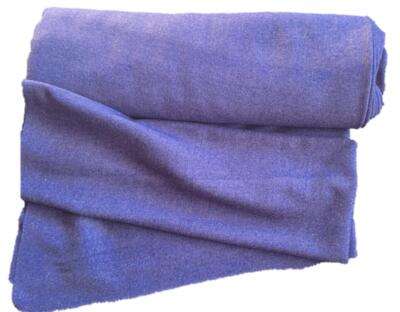
Fabrics form the very foundation of the diverse and rich world of textiles, weaving together a tale of tradition, innovation, and artistic expression. From the soft embrace of cotton to the luxurious drape of silk, fabrics are a fundamental element that shapes the garments we wear and the textiles that surround us. This article embarks on a journey through the intricate tapestry of fabrics, delving into their types, historical significance, and the evolving role they play in contemporary fashion.
A Heritage of Fibers:fabrics
The history of fabrics dates back to ancient civilizations where early humans discovered the art of transforming fibers into threads. Initially, fabrics were woven from natural fibers such as cotton, linen, and wool, each with its unique properties and characteristics. Over time, this heritage of fibers has expanded to include a vast array of synthetic and blended fabrics, offering a broad spectrum of textures, weights, and finishes.
Natural Fibers:fabrics
- Cotton: Known for its breathability and versatility, cotton is one of the most widely used natural fibers. From crisp poplin to soft jersey, cotton fabrics cater to various styles and preferences.
- Linen: Derived from the flax plant, linen boasts a distinctive texture and natural luster. Prized for its breathability, linen fabrics are often associated with warm-weather apparel.
- Wool: Wool, sourced from the fleece of sheep and other animals, is renowned for its insulating properties. From fine merino wool to cozy cashmere, wool fabrics are synonymous with comfort and luxury.
- Silk: Considered the epitome of luxury, silk is a natural protein fiber produced by silkworms. With its smooth texture and natural sheen, silk fabrics are often chosen for elegant and formal attire.
Synthetic and Blended Fabrics:fabrics
- Polyester: A versatile synthetic fiber, polyester is known for its durability and resistance to wrinkles. It is commonly used in blends to enhance the performance of fabrics.
- Rayon: Although derived from natural cellulose, rayon is considered a semi-synthetic fiber. Soft and breathable, rayon is often blended with other fibers to create fabrics with diverse properties.
- Spandex (Lycra): Renowned for its stretchability, spandex is often blended with other fibers to add elasticity to fabrics. This is especially prevalent in activewear and form-fitting garments.
- Nylon: Recognized for its strength and durability, nylon is commonly used in activewear, hosiery, and outerwear. It is resistant to abrasion and has moisture-wicking properties.
Historical Significance:fabrics
Fabrics have played a pivotal role throughout history, reflecting the cultural, economic, and technological developments of civilizations. Silk, once a closely guarded secret of the Chinese, became a symbol of luxury and trade along the Silk Road. Cotton played a crucial role in the Industrial Revolution, transforming the textile industry. Fabrics have been intrinsic to the identity of cultures, contributing to the richness of their traditions and clothing styles.
Contemporary Innovations:fabrics
In the contemporary landscape, fabrics continue to evolve with technological advancements and sustainability considerations. Innovative fabrics like Tencel, made from eucalyptus wood pulp, provide a sustainable alternative with a silky feel. Performance fabrics with moisture-wicking and temperature-regulating properties cater to the demands of active lifestyles. Recycled and upcycled fabrics contribute to the growing movement toward sustainable fashion.
Cultural Expressions and Fashion Trends:fabrics
Fabrics are integral to the visual language of fashion, expressing cultural identities and embracing diverse aesthetics. Traditional fabrics like the vibrant and intricate patterns of African wax prints or the ornate silk brocades of Indian saris continue to influence global fashion. The interplay of fabrics, textures, and patterns defines fashion trends, showcasing the dynamic relationship between creativity and the materials at hand.
Conclusion:
Fabrics, with their diverse textures, colors, and properties, are the very threads that weave the tapestry of textile artistry. From the ancient roots of natural fibers to the contemporary innovations in synthetic and sustainable fabrics, the world of textiles continues to be a canvas for creativity and cultural expression. As we don garments crafted from these materials, we not only envelop ourselves in comfort and style but also become a part of the ongoing narrative of fabrics—a timeless tale of human ingenuity and the artistry of textiles.
Leave a Reply